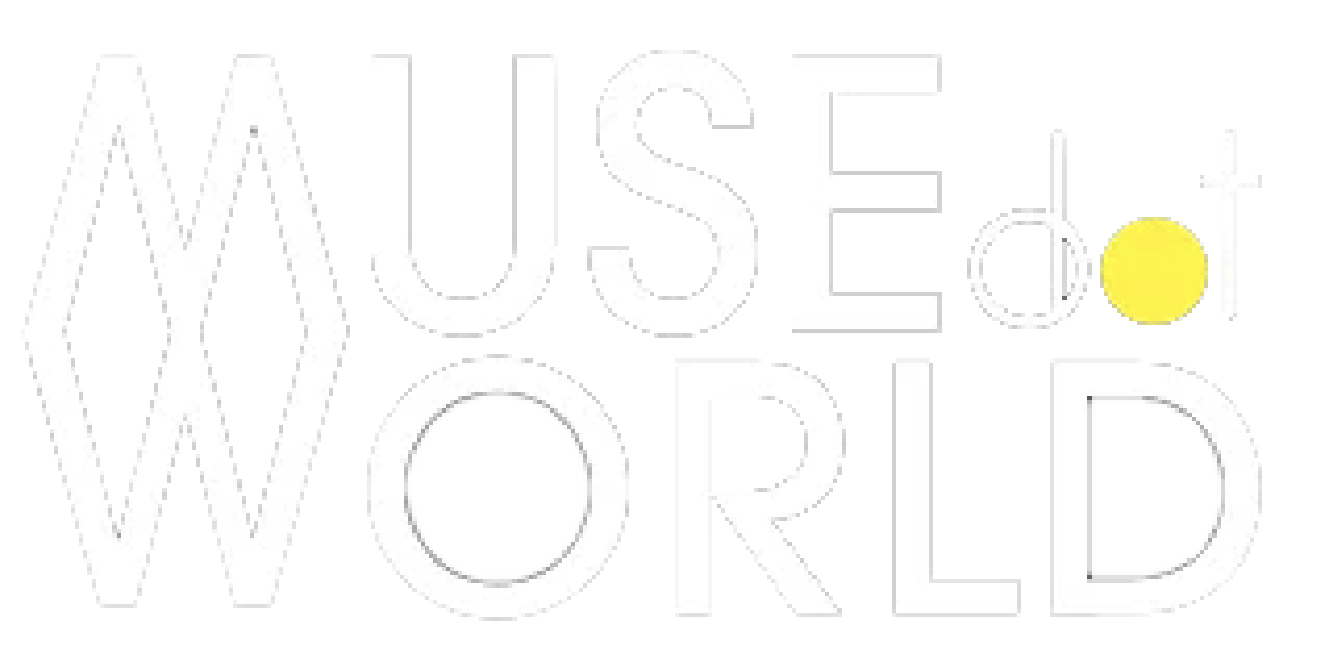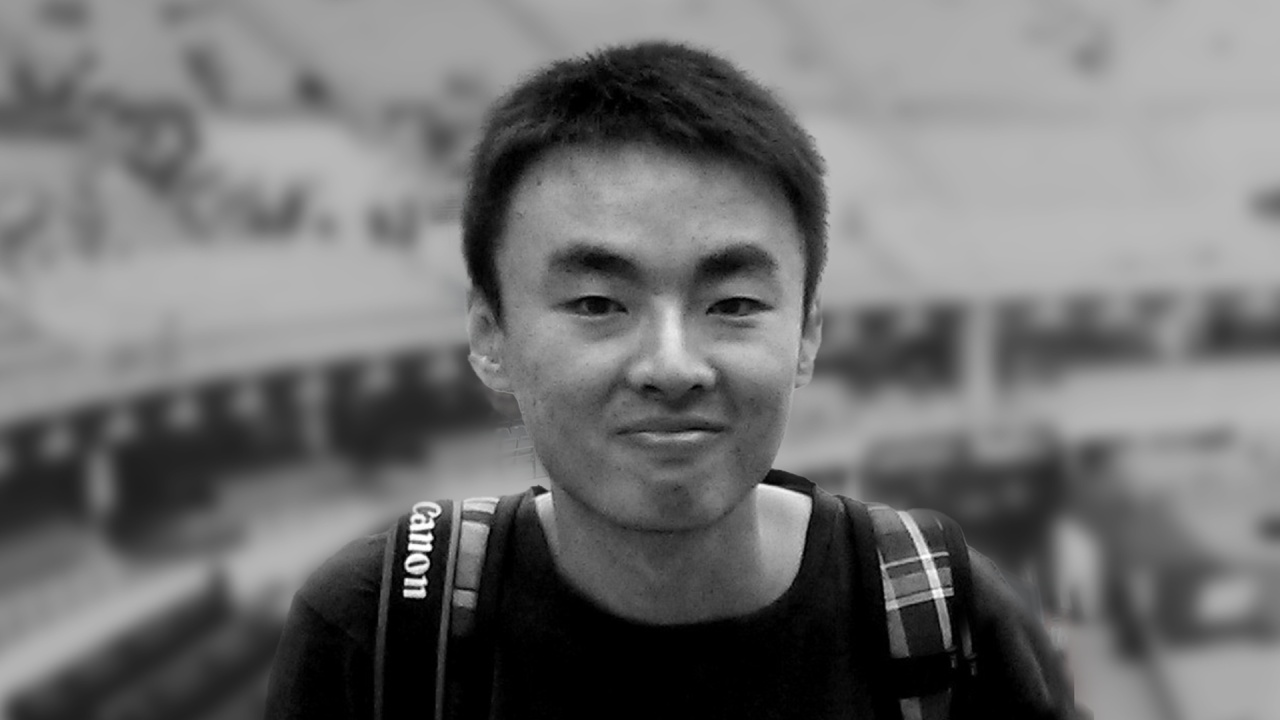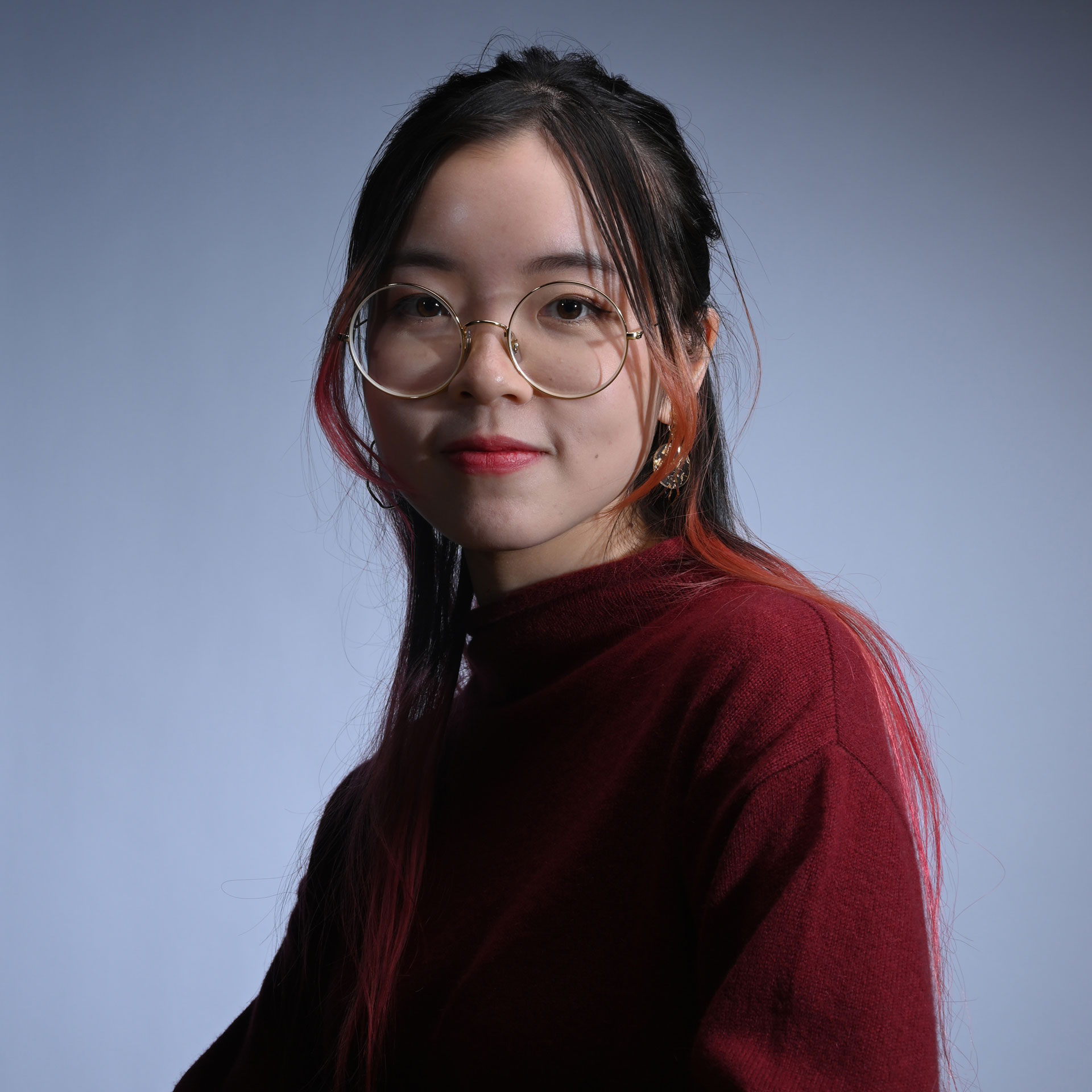Interview | The Design Philosophy of Dingwen Wu
Dingwen Wu
With an intuitive connection to space and memory, design has always been Dingwen Wu’s way of understanding and shaping the world around him. Now a Landscape Project Designer at Field Operations, he brings a deep appreciation for beauty to his work, seeing design as both an aesthetic pursuit and a means of solving complex spatial challenges.Hi! I'm Dingwen Wu. I am currently a Landscape Project Designer at Field Operations. Before earning my master’s degree in landscape architecture from the University of Pennsylvania, I trained as an architect in China.
My love and appreciation for beauty is where it all began. I have an intuitive sense of space, it’s how I experience the world. I’ve always been a quiet, even somewhat introverted and shy person. Socialising has never come naturally to me, but my memories are always intertwined with places. When recalling the past, I may not remember the details of conversations or people, but I will remember the spaces.
For instance, I can still vividly picture the hostel I stayed in during my first trip abroad, in Bochum, Germany: the soft yellow walls lined with neatly opened dark green shutters, a narrow single bed—no more than 90 centimeters wide—tucked into the corner by the window, and outside, a façade of metal panels arranged in horizontal stripes of varying widths.
Space has always been the vessel for my memories and the stage for my stories. At some point, I stopped just imagining myself within these spaces and started imagining how I could shape them. I would spend hours lost in these daydreams, and perhaps that was when I realised that my passion for design and creation was real.
The company I worked for is a leading-edge company for landscape architecture and urban design. The practice demonstrates a strong contemporary design approach across a variety of high-profile project types and widely varying scales, celebrating the authenticity of real cities, urban places, and local culture. I am currently working on the design of a world-class airport project set to be built in the 2030s.
First and foremost is a sense of aesthetics; I believe that good design must capture a sense of beauty. Of course, the definition of beauty varies from person to person, but the pursuit of beauty is the foundation of my understanding of design. Building upon that, design is ultimately about creatively solving problems.
Three types of design captivate me the most. The first is one that overflows with boundless imagination, dazzling and unexpected. The second is design that awakens a deep, instinctive connection to the body and emotions. The third is characterised by an uncompromising pursuit of structure, craftsmanship, and detail—reflecting rigorous logic, intellectual depth, and the precision of execution. A highly refined design is a form of art; you can feel the creator’s dedication and relentless effort behind it.
Good design is for everyone, it serves not just a select few. This means it shouldn’t require extensive background knowledge or specific conditions to be understood and used. It must always be human-centred.
One day, while observing a rainbow, I was captivated by its beautiful spectrum. I realised that the spectrum represents a gradient of energy and wavelength. This led me to wonder: In design, could different energy sources be used to generate corresponding activities or even shape spaces? This question became the starting point of my exploration.
Our research into the steelmaking industry has revealed a surprising amount of wasted heat during the process. This wasted energy holds immense potential for repurposing into essential energy sources for various programs.
A person can never truly separate from their hometown, whether by choice or circumstance. I have received education both in China and the West. While my design language and approach may be more influenced by my Western education, my aesthetic foundation will always stem from my hometown. I grew up in the Jiangnan region of China, where poetry and the art of leaving space have become ingrained in my very being.
I am truly grateful for this recognition; it serves as the driving force for us to continue creating better designs.
The carbon emissions of the steel industry account for 6.7% of all human activities. In recent years, heavy industry slowed due to tighter regulations for environmental protection, with major reductions in the production of steel.
In the process of the steel-making industry, we identify the low recovery rate of low-grade waste heat as the essential issue. The inorganised heat emission has caused severe urban heat island effects. Instead of shutting down factories as a common method, this project explored a way to coexist with industrial engines in the post-industrial era — by using the waste heat gradient attached to urban infrastructure to create microclimate and seasonal landscape.
Through choreographing the lifecycle of waste heat, we visualised the process of heat exchange and heat release. The waste heat utilisation also benefits the development of aquaculture, agriculture, plant nurseries and urban public space in our design. The reason I chose to enter this project is because this design is an innovation not only spatially, but systematically, reveals a great potential opportunity of how we treat industrial heritages.
The greatest challenge comes from facing a completely unfamiliar field. It requires immense patience to conduct foundational research, as there is a great deal of work behind it. This process is open-ended, and there are no immediate results.
Confidence is essential, but it also needs to be reinforced by recognition from time to time to truly sustain it. I feel incredibly grateful and fortunate to have received awards—they give me renewed motivation and excitement for the future.
Imagination, collaboration, and attention to detail.
I believe design will become increasingly integrated with digital technology, whether as a tool for assistance or as a means to generate greater economic value. Both the design process and its outcomes can be quantified, rather than existing solely as fragmented, experience-based knowledge in the minds of individual designers. With the help of technology, a designer’s impact can reach a much broader scale.
Don't focus on what others are doing; create the design you truly want to create. In the end, your passion will resonate with those who can truly feel it. It will always be this way.
I have a deep appreciation for El Croquis, especially the interviews at the beginning of each issue. Keeping up with the latest design websites helps maintain a sharp awareness of trends, but when it comes to actual design work, hands-on practice is essential—you only discover your gaps by doing. At the same time, the importance of real-world experience shouldn’t be overlooked. Traveling more and visiting sites in person is crucial for truly understanding and experiencing space.
I record what happens every day and have a stack of planners filled with my notes. I can easily look up what I did on any given day over the past five years.
My grandmother is a tough and optimistic woman, although she could not spell a word, she seems to know more wisdom than anyone else. There’s no difficulty that you cannot overcome, she believes that with her life, and that always reminds me when I was struggling.
First and foremost, have a goal—an ambitious one. It should be something you’re truly passionate about; otherwise, it will be difficult to stay committed. The world is full of distractions, and you will inevitably face challenges and moments of doubt—but don’t waver. The greater the risk you’re willing to take, the greater the opportunities you’ll find. If you dedicate yourself to it over the long run, time will reward you.
Winning Entry

Read about the interview From Xinjiang to NYC: An Exclusive Conversation with Jiageng Guo here.
ADVERTISEMENT
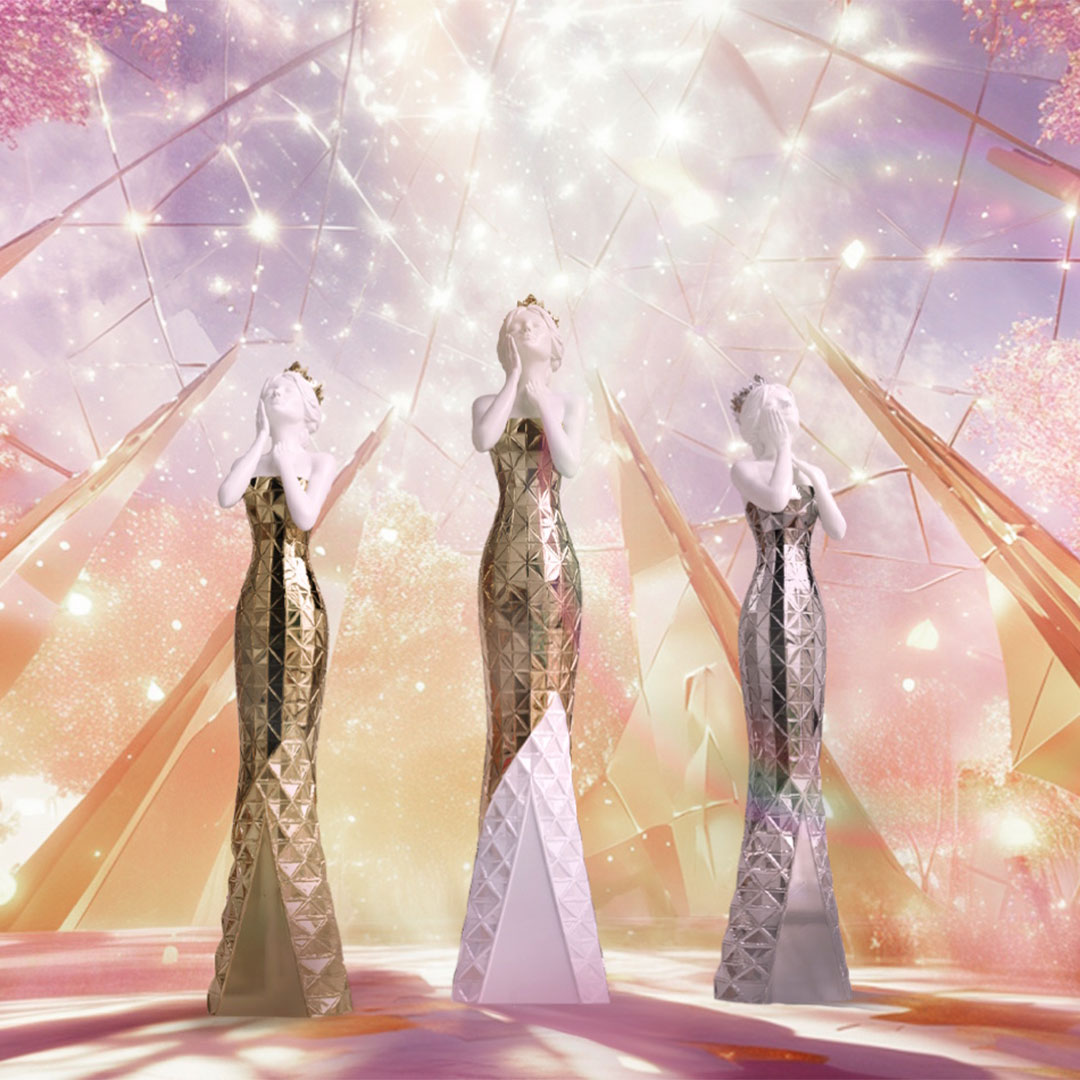
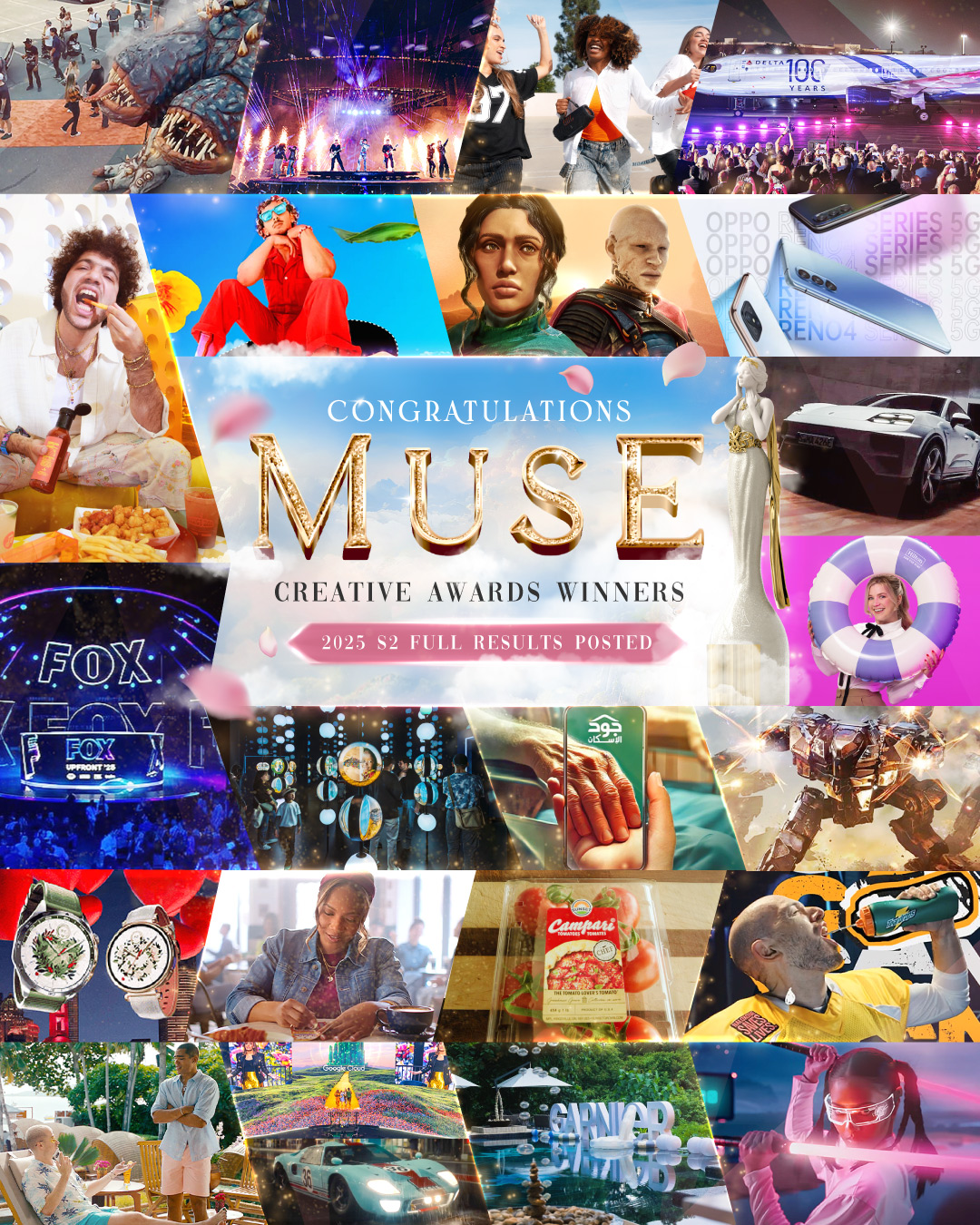
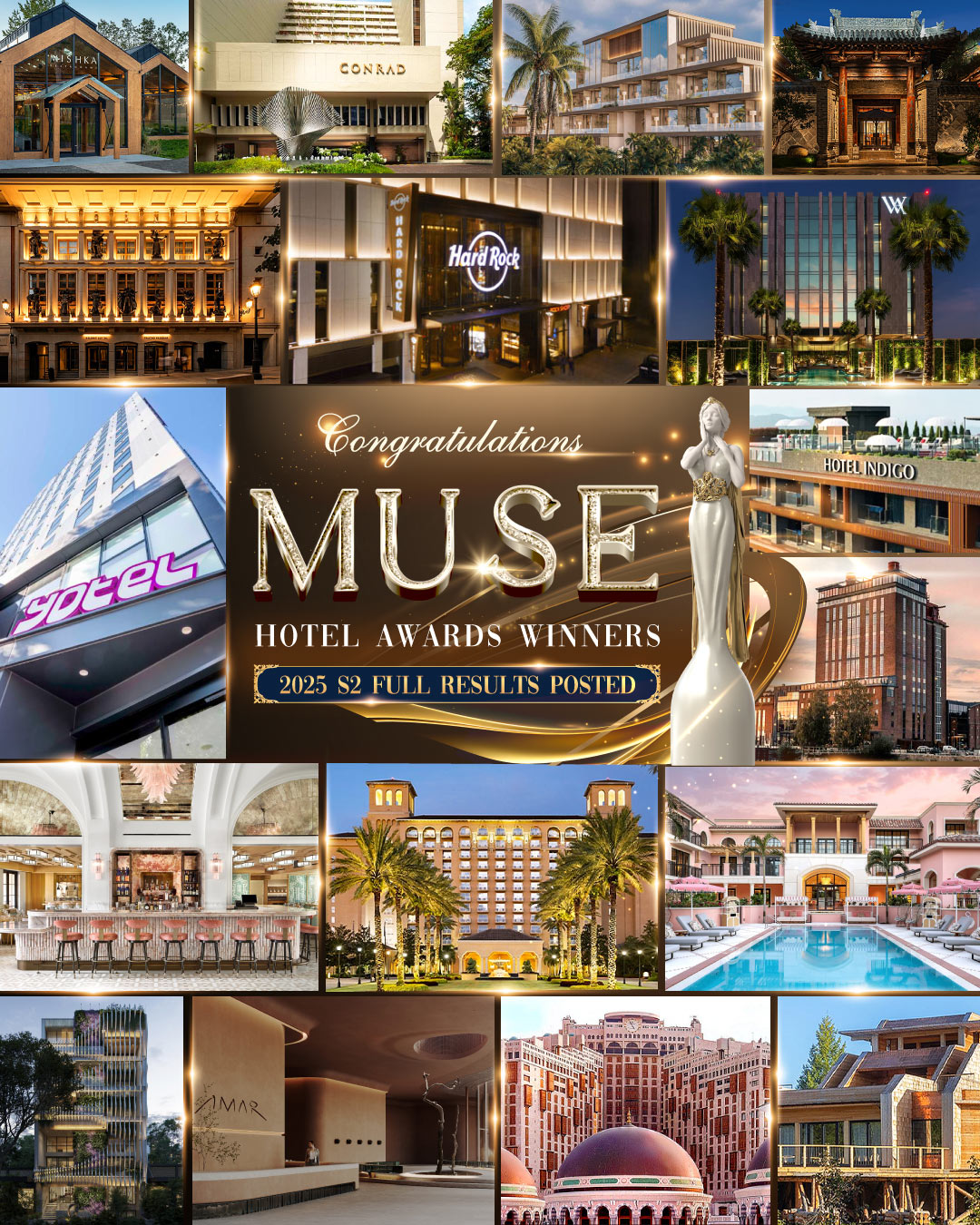
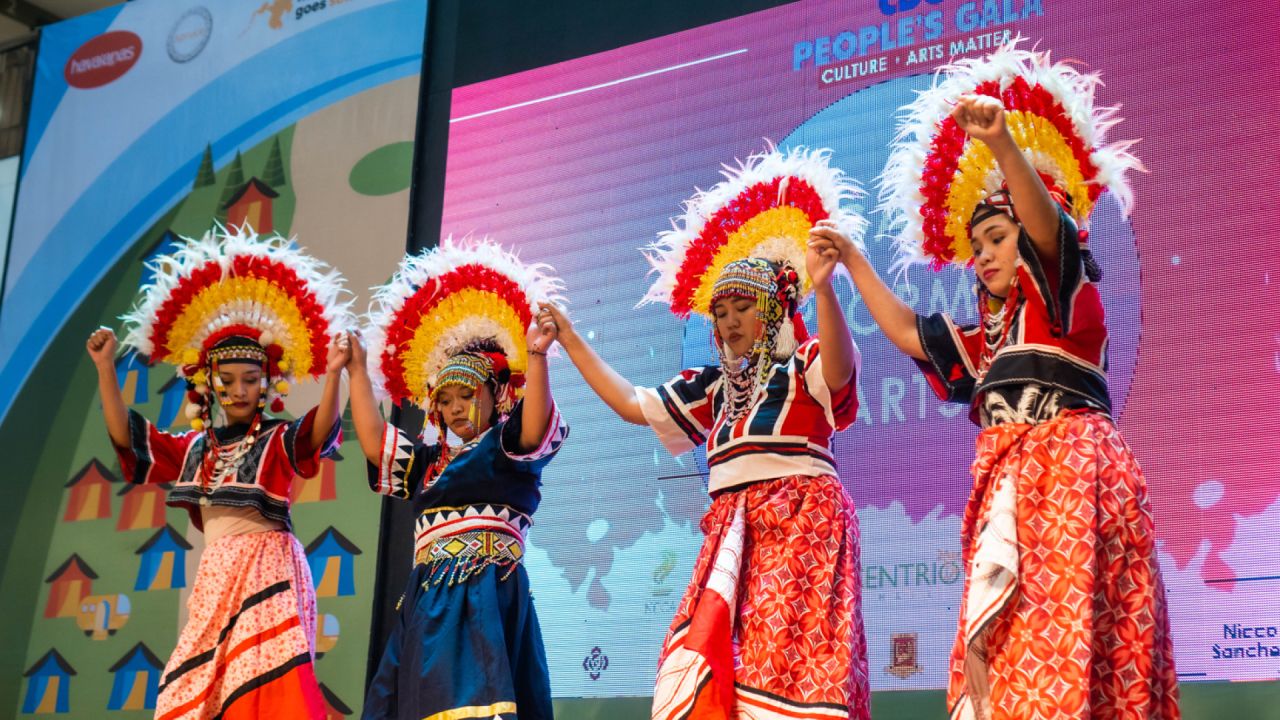
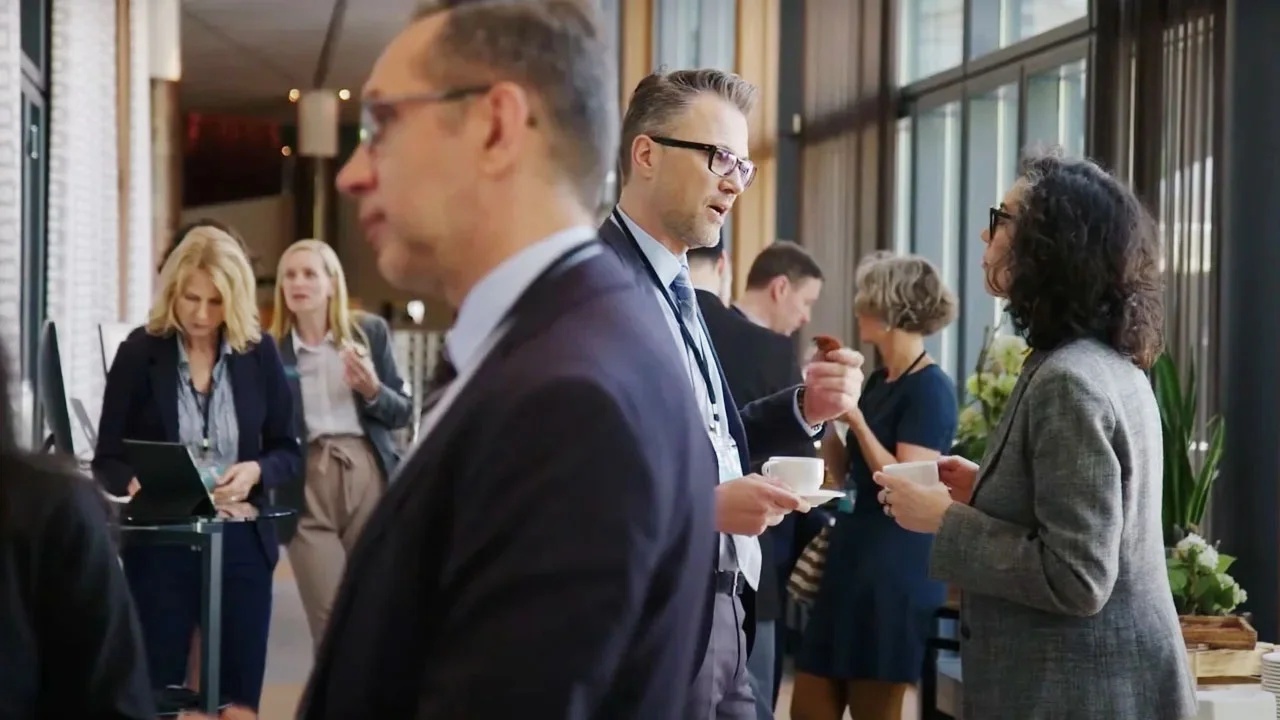
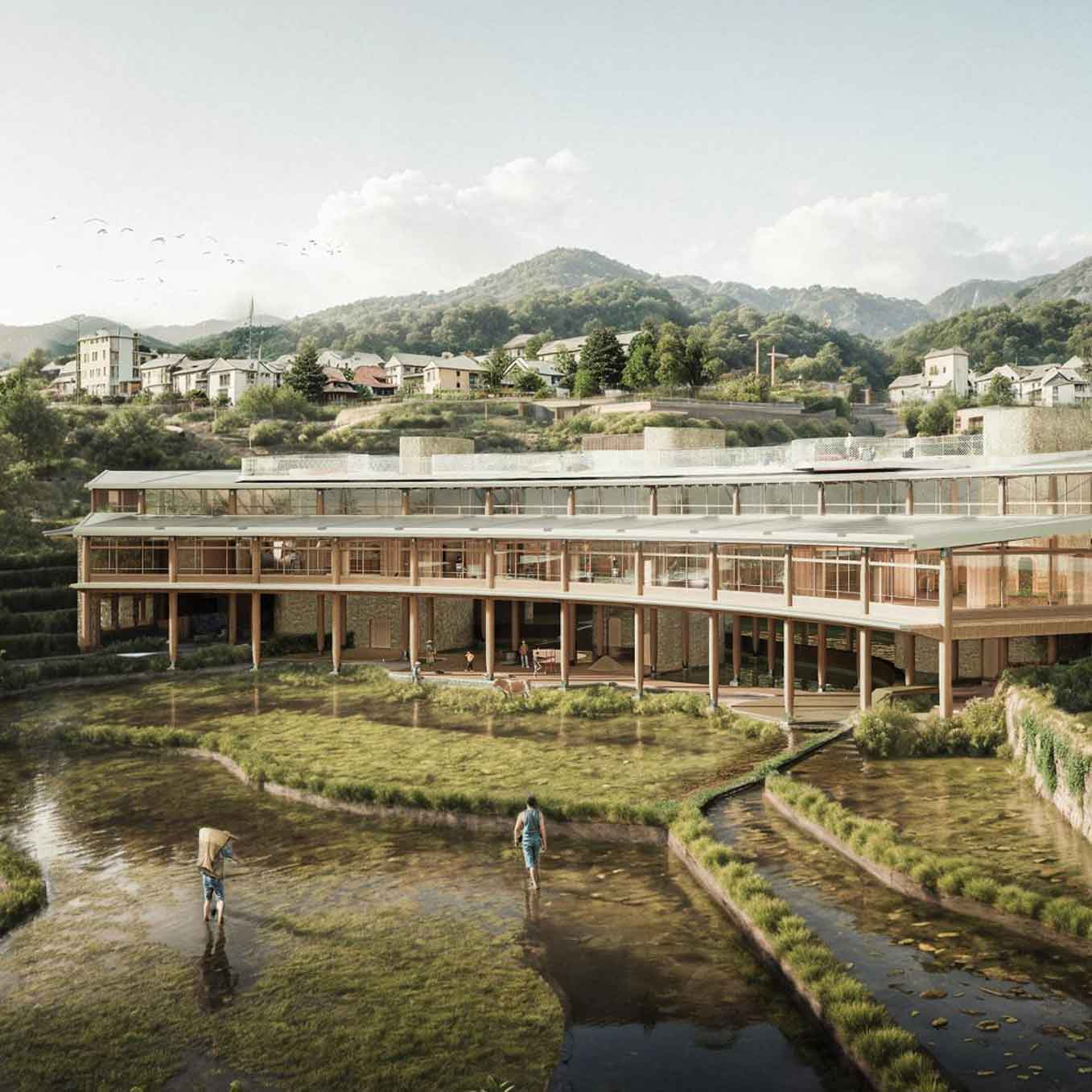
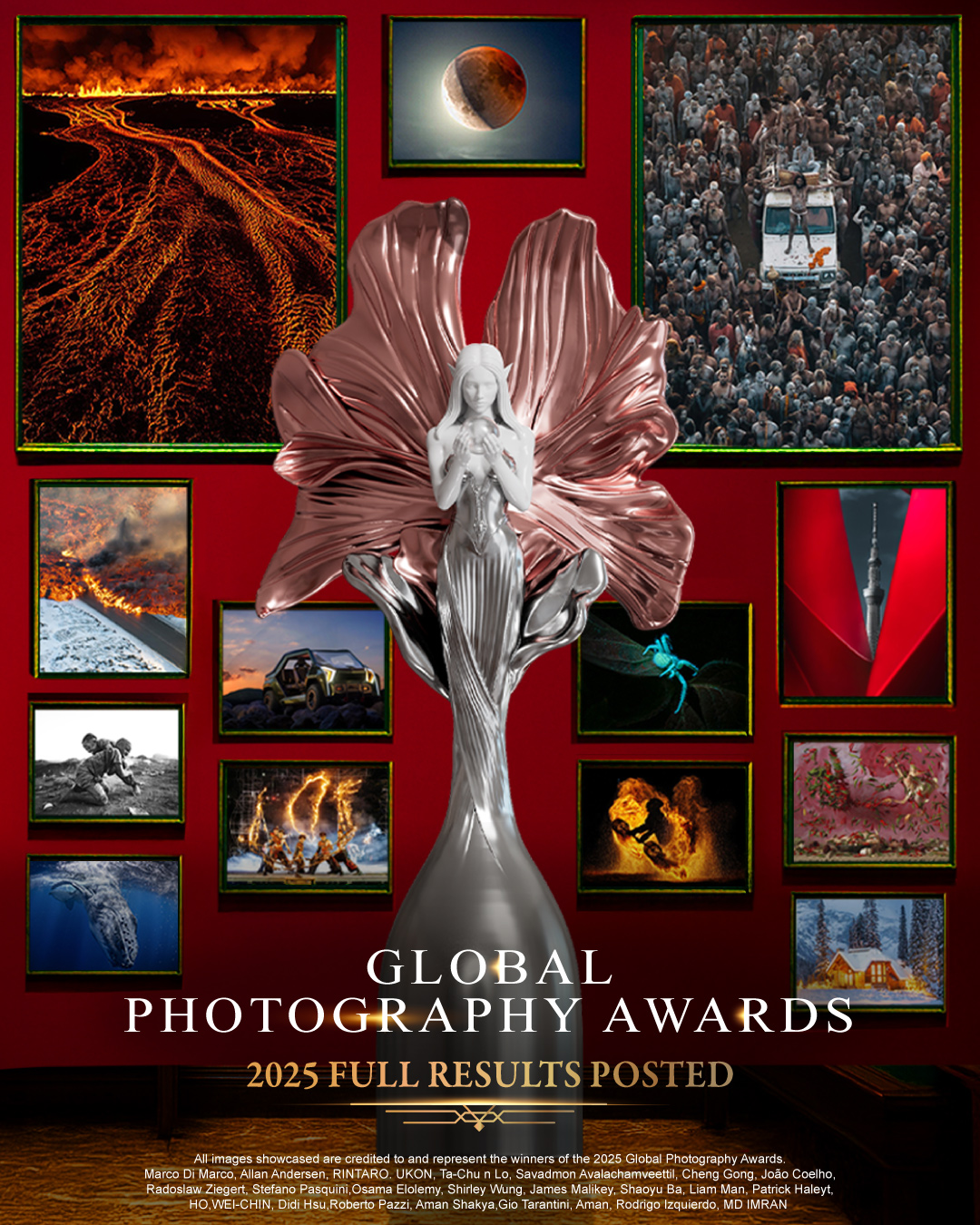
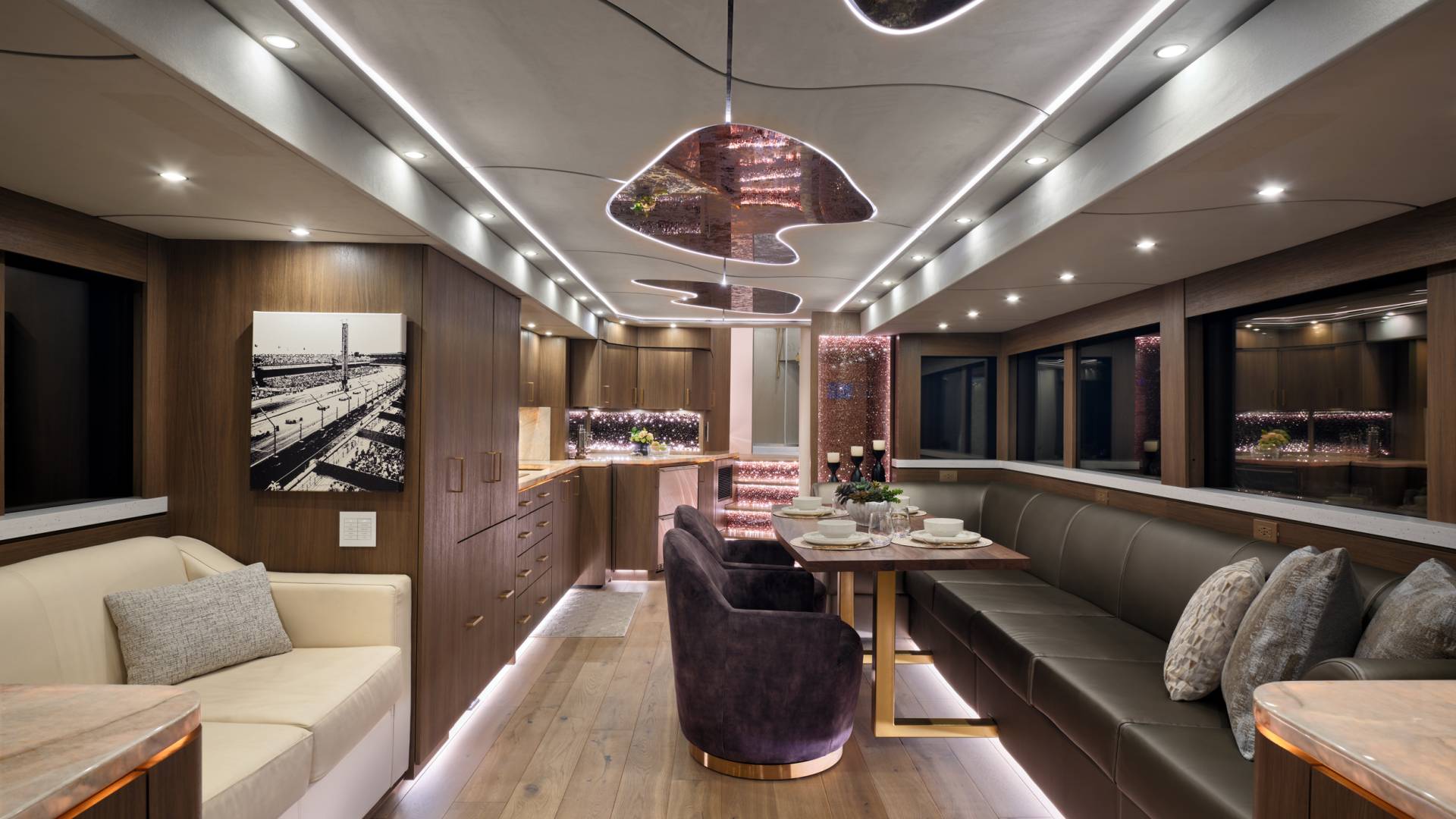
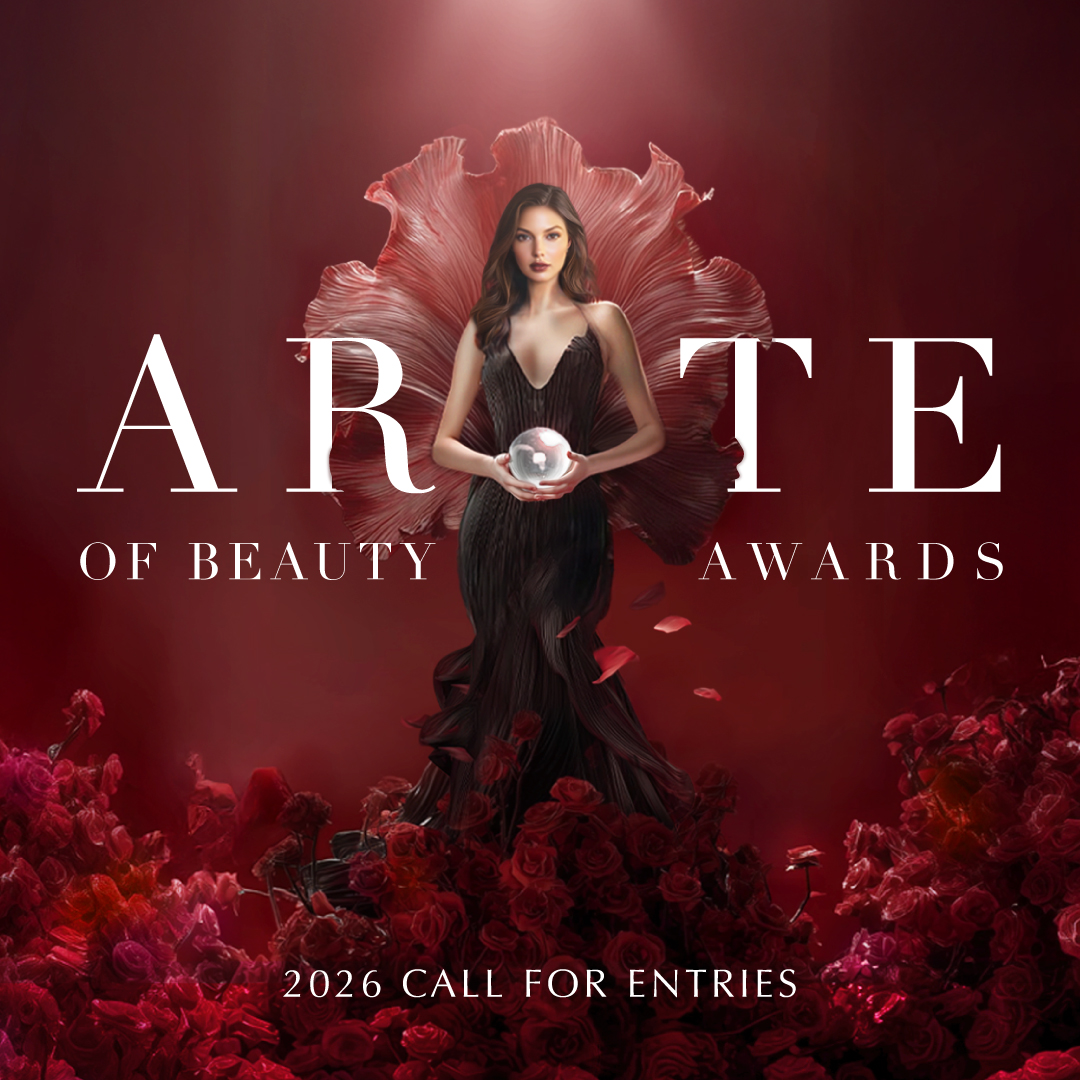
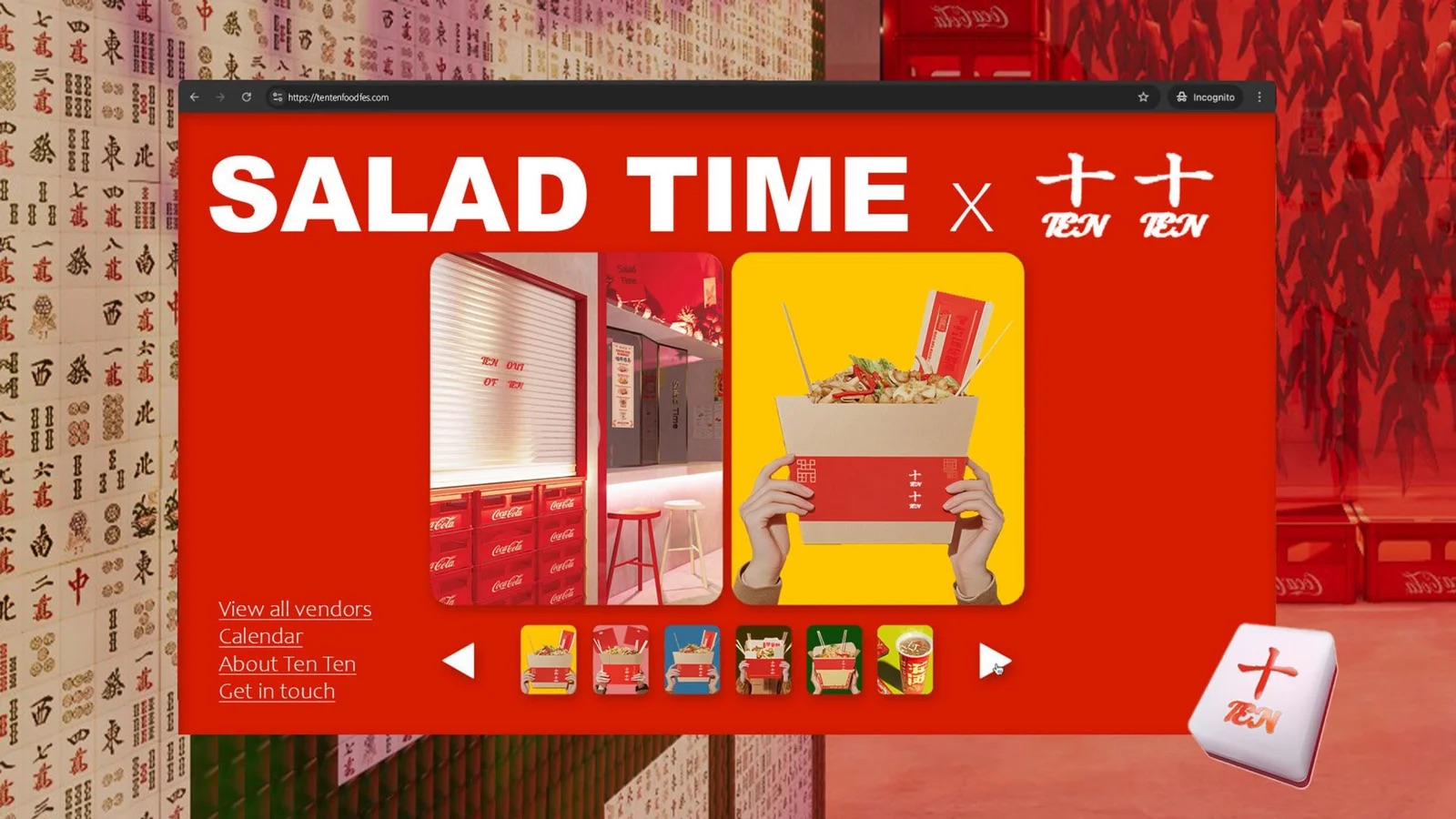
IAA GLOBAL AWARDS
MUSE Awards
Vega Awards
NYX Awards
TITAN Awards
- TITAN Business Awards
- TITAN American Business Awards
- TITAN Property Awards
- TITAN Women In Business Awards
- TITAN Health Awards
- TITAN Innovation Awards
- TITAN Brand Awards
NY Awards
- NY Product Design Awards
- NY Architectural Design Awards
- New York Photography Awards
- NY Digital Awards
LIT Awards
Noble Awards
Arte Collection
- Arte of Beauty Awards
- European Photography Awards
- iLuxury Awards
- French Design Awards
- French Fashion Awards
- Global Photography Awards
- Rome Design Awards
